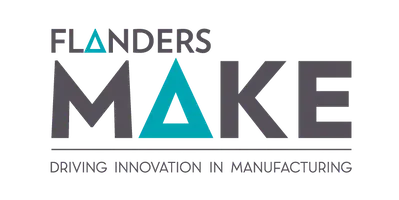Projects
HYPOBATT: A Hyper powered vessel battery charging System.

ΚΕΥ FACTS
Duration : 42 Months
Budget : 9.35M€
Partners : 18
THE PROBLEM
A reduction of at least 50% of total annual GHG emissions from shipping is required by 2050, compared to 2008 according to IMO.
As electrification with shore power supply is one of the solutions to reach this target, partial electrification of power systems has already been adopted as a GHG reduction measure. However, to minimise costs and improve standardisation further advances are necessary.
For this purpose, new business models of electric ships need to be developed considering high availability, reduced maintenance, and fast turnaround. To do so, fast charging with high charging powers and an adequate shore electrical supply-based infrastructure are required in ports or ferry terminals.
THE PROJECT
The HYPOBATT project aims to advance the electrification of ships, by developing a modular, fast multi-MW charging system and demonstrate it at the European ports of Norddeich and Norderney of North German.
Ships will be enabled to be connected to the charging station and charged within a very short time after docking, while a fully automatic and safe electric vessel connection system will be also developed to charge a vessel while berthed. Standardization of the fast-charging system for ferries, as well as the development of new business models for battery-powered boats are further goals of the project.
The main objectives of the HYPOBATT are the following:
Improve the energy efficiency by 20%, the charger availability by 95% and the battery life by 10%.
Achieve the standardization of the charging infrastructure in ports & compatibility with a variety of vessels.
Achieve market competitive operational performance compared to a conventional, non-electric vessel.
OUR ROLE
- Develop the charging scheduling algorithms (when to charge & and the amount of energy that is required by the chargers).
- Define the Cyber Security Requirements.
- Contribute to the algorithms’ testing on user cases.
- Contribute to the research on the commercial and the environmental impact of the business model (project).



















